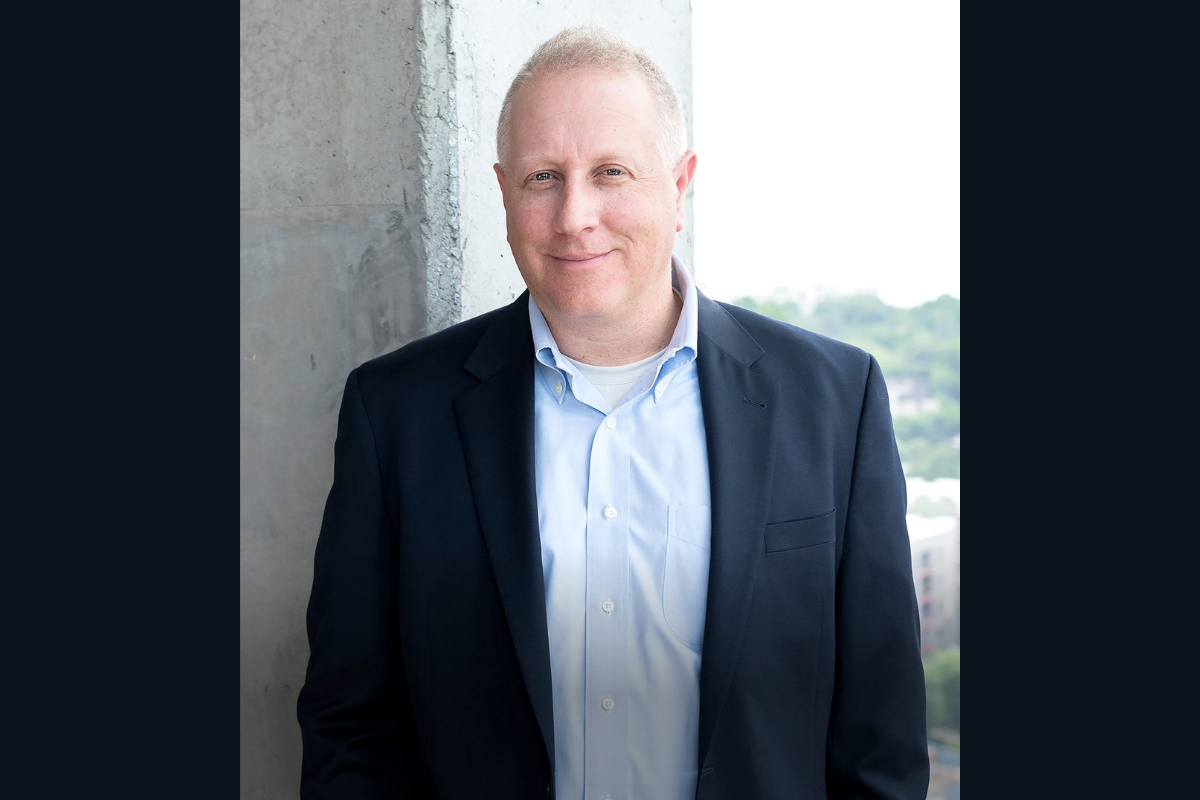The most important thing, when it comes to transformations, is to be uncomfortable with the status quo, according to McKinsey & Company Senior Partner Seth Goldstrom. “You can’t transform if you’re happy with where you are,” he tells The CEO Magazine.

“There’s got to be a level of ‘I really, really want to be better’. And then, related to that, you have to have a view of what better looks like.”
Once you have the view of what you are trying to achieve, then you need a plan. “As consultants, we’re very good at doing both these steps – saying, ‘Here’s what better can look like. Here’s the plan,’ which is probably the core of what we do,” Goldstrom explains.
In its transformation work with companies around the world, Goldstrom says McKinsey also helps leaders with the difficult task of challenging and provoking employee teams in order to create that desire where necessary.
Working with people who possess a burning desire to transform is a big part of what gives Goldstrom a deep sense of satisfaction in his role as a founder and leader in McKinsey Transformation, even after almost 27 years with the firm.
“I like working with people who really want to change and who ask, ‘How can I do better, be better and reach full potential?’” he says.
“Some of my closest friends are clients. For folks that stay in consulting for a long time, similar to a coach, you get real joy out of how your colleagues and clients grow over time.”

A complex journey
But the path of transformation is not always a smooth one. According to Goldstrom, there are several common reasons transformations are not successful. A frequent reason is the transformation goal or target is set in a way that drives consensus, versus achieving a high aspiration.
“The goals get watered down. No-one wants to over-promise. It doesn’t have to be financials, it could be ESG targets or cultural improvements,” he says.
There is also a common belief that growth will follow the ‘hockey stick’ pattern of sudden growth after a lengthy period of linear growth.
“They think that it’s all going to happen in year two or three. But what we find is when you set the goal based on the facts and push people to aim higher, that number ends up more than double what people thought it was going to be. And it tends to be almost twice as fast. And that forces you to think more transformative versus incremental,” Goldstrom explains.

People want to be at a place that they think is going to be around in 10 years from now, even if they’re likely to have gone on to do something else 10 years from now.
Another important enabler of successful transformations are performance reviews, metrics and incentives. Interestingly, Goldstrom and his team have noticed anecdotally that over time, incentives have become much more communal.
“It varies depending on where you are in the world, but it’s much more about how did the company do, as opposed to what value did I help create?” he says. “Ideally we like to see a mix so it’s not just a big communal pot. The enablers have to be aligned to what you’re trying to get somebody to do in the transformation.”
Goldstrom says the most successful transformations feature a set of strong growth initiatives, versus a sole focus on cost-cutting programs. “Very few people wake up in the morning and say, ‘I’m excited to go cut costs today,’” Goldstrom reflects. “People get excited about, ‘I’m going to do something new today – a new product, a new innovation. I’m going to grow.’”
Cost cutting comes into it, of course, but he stresses that it’s hard to give priority to that and still retain talent.
“People want to be at a place that they think is going to be around in 10 years from now, even if they’re likely to have gone on to do something else 10 years from now,” he says. “They like knowing that this is a place with an exciting future, just like we all do.”
A new path
The pandemic brought on a dramatic switch to remote working, and it looks as though hybrid working is here to stay. So, what are the new challenges that come with this new way of working? Goldstrom believes one of the biggest is onboarding new talent, a critical part of the retention process.
This is an important task to tackle, in a world where new hires aren’t seeing their team or their boss on a regular basis. “How do you train, excite and inspire in that world? I think there’s more to do on that,” he says.

The overall aspiration is to have McKinsey look more broadly like the communities in which we work.
Similarly, Goldstrom believes the shift from ‘what’ to ‘how’ is important when addressing corporate commitments to diversity.
“It’s one thing to say that we need to hire a bunch of people. That’s real work and hard to do,” Goldstrom stresses. “It’s even harder and more real work to say, ‘And we’re going to make sure those colleagues are successful and have had good experiences and are advancing at the same rates everybody else is.’”
Working out how to do that in a positive and inclusive way is critical, but it’s still something that is on the drawing board for many companies. Goldstrom believes transformation methodologies can help companies achieve their diversity and inclusion aspirations, just like a company’s financial or growth ambitions.
On representation
It’s a question that Goldstrom is particularly invested in thanks to his involvement in the McKinsey Black Network (MBN) in North America, a key component of the company’s plan of 10 actions to achieve racial equity both within the firm and beyond.
Goldtrom’s involvement in MBN deepened even further when McKinsey announced its 10 Actions Toward Racial Equity. Launched in 2020, these 10 Actions are designed to drive equity both within the firm and beyond. In collaboration with MBN leadership, Goldstrom is focused on the aspiration to double Black leadership at McKinsey.
“In that context, the overall aspiration is to have McKinsey look more broadly like the communities in which we work,” he explains. “In the United States, our Black colleagues are underrepresented, particularly at the leadership level.”
Working in partnership with Black leaders at McKinsey to rectify this, Goldstrom has been working with several colleagues to look at the recruitment process as the first port of call.

It’s like we are trying to create a forest full of giant trees. in its normal course, developing and electing a partner at mckinsey takes well over a decade, so we are doing a lot of innovative seeding and watering.
“It’s like we are trying to create a forest full of giant trees. In its normal course, developing and electing a partner at McKinsey takes well over a decade, so we are doing a lot of innovative seeding and watering.”
He has found that sponsorship is one of the major factors which can make a difference and so has been looking at how to ‘organically’ create mechanisms for sponsorship. “We’ve done a lot of work around experience and around this notion of do more and be better,” he says.
McKinsey recently held a training event for the new hires through MBN, bringing together around 220 people.
“What was really cool was we had some alums there that had left the firm to do something else 10–15 years ago, and they were totally blown away by the scale of the event and the growth of MBN leadership versus when they were still here,” Goldstrom recalls. “We could tangibly feel like we were starting to make progress.”
At the same time, Goldstrom says he recognizes that there is still a lot of work to do. And he’s thrilled to be one of the agents of this ongoing transformation at McKinsey.


